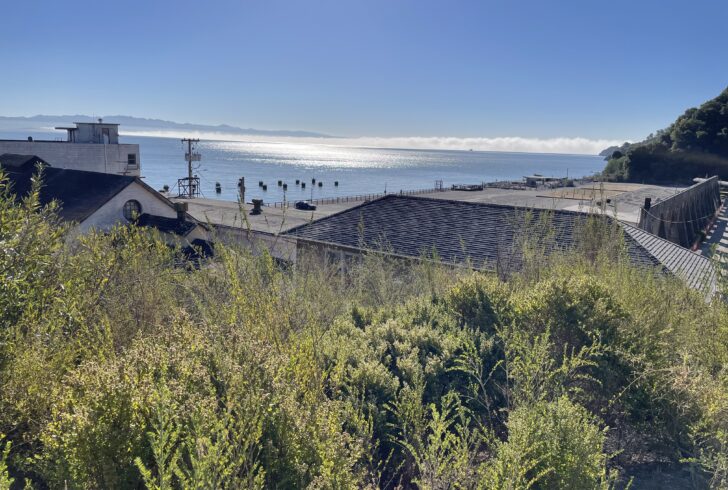Living Seawalls in Practice: A Workshop on Science-Informed Design in California


by: Katie Dafforn
In September, I traveled to the Estuary & Ocean Science Center in Tiburon, California to participate in a workshop focused on the science and practice of living seawalls, a growing field at the intersection of coastal engineering, ecology, and urban design.
The workshop brought together researchers, practitioners, industry and government partners to explore how we can move from scientific insight to scalable, ecologically informed infrastructure. The day featured a series of presentations that spanned global case studies and local pilot projects. Corryn Knapp (Smithsonian Environmental Research Center) kicked things off with a review of the science behind eco-engineered seawalls, highlighting what we know and still need to learn about their ecological performance. Jason Toft (University of Washington) then shared lessons from long-term monitoring of the Seattle Seawall, one of the largest and most advanced urban eco-shoreline projects in the U.S. I presented on the Living Seawalls project that grew out of Australia and our efforts to scale from local to global, including recent work in Boston Harbor through the Stone Living Lab. Jessica Bone (Mott MacDonald) discussed the UK’s experience retrofitting artificial rockpools, including the regulatory and logistical hurdles of working across multiple jurisdictions, while Devyani Jain (Port of San Francisco) discussed how pilot living seawall projects are informing practical applications at scale. Finally, Chela Zabin and Andrew Chang (Smithsonian Environmental Research Center) shared preliminary results from the San Francisco Living Seawall Pilot, offering early insights into biodiversity outcomes and design refinements.
Throughout the day, several key themes emerged. Understanding what makes a living seawall successful begins with ecological performance and monitoring. Long-term data collection is essential, not only for refining design strategies but also for building trust among regulators, funders, and stakeholders. At the same time, physical design and construction must strike a careful balance between ecological goals and the realities of structural integrity, maintenance, and site-specific constraints. One of the most persistent challenges is navigating permitting and regulatory pathways, particularly when introducing novel materials into hardened urban shorelines. Scaling these efforts from pilot projects to broader implementation requires deep collaboration across disciplines and sectors, from scientists and engineers to planners, designers, and community partners.
The workshop closed with a hands-on design session using the Center’s seawall as a testbed. We explored how different modules, materials, and placements could enhance habitat value while meeting engineering needs.